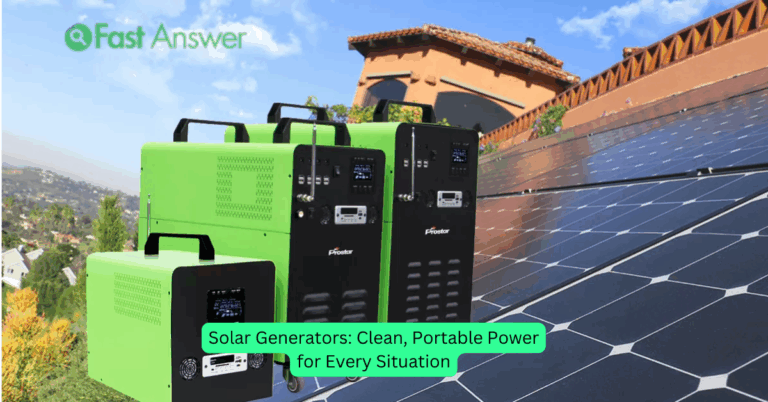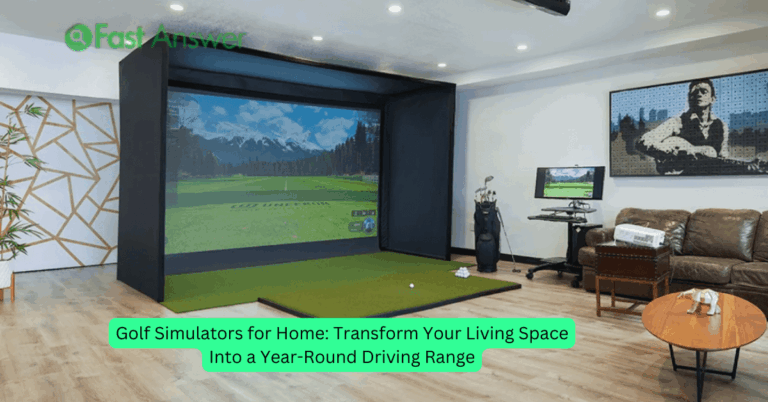Smart Home Automation with Connected Appliances: Revolutionizing How You Live
Smart home automation is transforming the way we interact with our homes. By integrating connected appliances into a network that can be controlled remotely or automated through AI, homeowners can enjoy convenience, security, and energy efficiency like never before. Whether you’re controlling your lights, adjusting your thermostat, or managing appliances from your phone or voice commands, smart home technology makes everyday tasks easier. This article will guide you through the world of smart home automation with connected appliances, highlighting their benefits and how they’re enhancing modern living.
What Is Smart Home Automation and How Does It Work?
Smart home automation refers to the use of connected devices within your home that can be controlled remotely or automatically via a central hub or smartphone. These devices are integrated with Wi-Fi or Bluetooth technology, allowing them to communicate with each other and be controlled through apps or voice commands. Common connected appliances include smart thermostats, refrigerators, lighting systems, security cameras, and more. They use sensors, data, and algorithms to learn your preferences and can even make decisions on their own turning lights off when you leave a room or adjusting the temperature based on your schedule. The key benefit is convenience: you can control your home environment from anywhere, at any time.
Benefits of Smart Home Automation with Connected Appliances
There are numerous advantages to incorporating smart appliances into your home, with convenience being at the top of the list. Connected appliances can make your life easier by automating routine tasks. For example, a smart refrigerator can alert you when you’re running low on groceries, while a smart washer can send notifications when your laundry is done. Additionally, smart home systems can enhance energy efficiency. Smart thermostats, for instance, adjust the temperature based on your habits and location, leading to lower energy bills. Automation can also improve home security by allowing you to monitor your property remotely through cameras, smart locks, and alarms.
Popular Connected Appliances for Smart Home Integration
There is a wide variety of appliances and systems that can be integrated into your smart home setup. Here are a few popular options:
- Smart Thermostats: Devices like the Nest Learning Thermostat or Ecobee SmartThermostat help you control the temperature of your home from anywhere. These thermostats can also learn your preferences and adjust temperatures automatically for maximum comfort and efficiency.
- Smart Refrigerators: Connected refrigerators, like those from Samsung or LG, offer features such as internal cameras to view contents remotely, smart recipe suggestions based on available ingredients, and alerts when food is about to expire.
- Smart Lighting: Systems such as Philips Hue or LIFX allow you to control lighting remotely, adjust brightness, and even set scenes based on your mood or activities.
- Smart Security Systems: Devices like Ring doorbell cameras, smart locks, and motion sensors help you monitor your home remotely. Some systems can also be integrated with AI to recognize faces and alert you to potential intruders.
- Smart Kitchen Appliances: Connected kitchen gadgets, including ovens, coffee makers, and dishwashers, offer remote control features and the ability to monitor cooking progress or set schedules.
These devices can be controlled individually or through a central hub, which connects them all for seamless integration into your daily life.
The Future of Smart Home Automation: AI and Machine Learning Integration
As artificial intelligence (AI) and machine learning continue to advance, the capabilities of smart home automation systems will grow exponentially. Appliances will not only be able to learn from your habits but also predict your needs and make proactive adjustments. For example, a smart kitchen could adjust cooking times based on your past preferences or even detect the food you’re preparing and suggest recipes. Home security systems might become more sophisticated, with AI that can distinguish between normal and suspicious activities, providing enhanced safety. Furthermore, voice assistants like Amazon Alexa and Google Assistant will likely become more intuitive, offering deeper integration with appliances and more personalized commands. The future of smart home automation will lead to even more seamless, intelligent living environments that anticipate and respond to your needs automatically.
How to Get Started with Smart Home Automation
Getting started with smart home automation doesn’t have to be overwhelming. Start by identifying your priorities: Do you want better energy efficiency, enhanced security, or simply more convenience in your daily tasks? Once you’ve pinpointed your needs, choose a few key appliances or systems to integrate into your home. Many smart devices are compatible with voice assistants like Amazon Alexa or Google Assistant, making them easy to control and integrate with other smart systems. Ensure your home’s Wi-Fi network is strong enough to handle the additional devices and that your internet connection can support the demands of streaming and remote management. As you expand your smart home, you can add more devices to your ecosystem, making your home more connected and automated over time.
FAQs
Q1: Can I control my connected appliances when I’m not home?
Yes, most smart home appliances can be controlled remotely via mobile apps. Whether you’re on vacation or at work, you can adjust settings and receive notifications about your appliances’ status.
Q2: Do smart home appliances use a lot of electricity?
While connected appliances do use electricity, many are designed to be energy-efficient. For example, smart thermostats and energy-efficient refrigerators are specifically designed to reduce energy consumption.
Q3: Is smart home automation expensive to set up?
The initial cost of setting up smart home automation can vary depending on the number and type of devices you choose. However, many entry-level devices are affordable, and the long-term savings from improved energy efficiency can help offset initial costs.
Q4: Can I install smart home appliances myself?
Many smart home appliances are designed for easy installation and can be set up by the homeowner. However, for more complex systems, like smart thermostats or integrated security systems, you might want to consider professional installation to ensure everything works properly.
Q5: Are smart appliances secure?
Smart home appliances are generally secure, but it’s essential to follow best practices for cybersecurity, such as updating firmware regularly, using strong passwords, and ensuring your home network is secure to protect your devices from potential threats.

